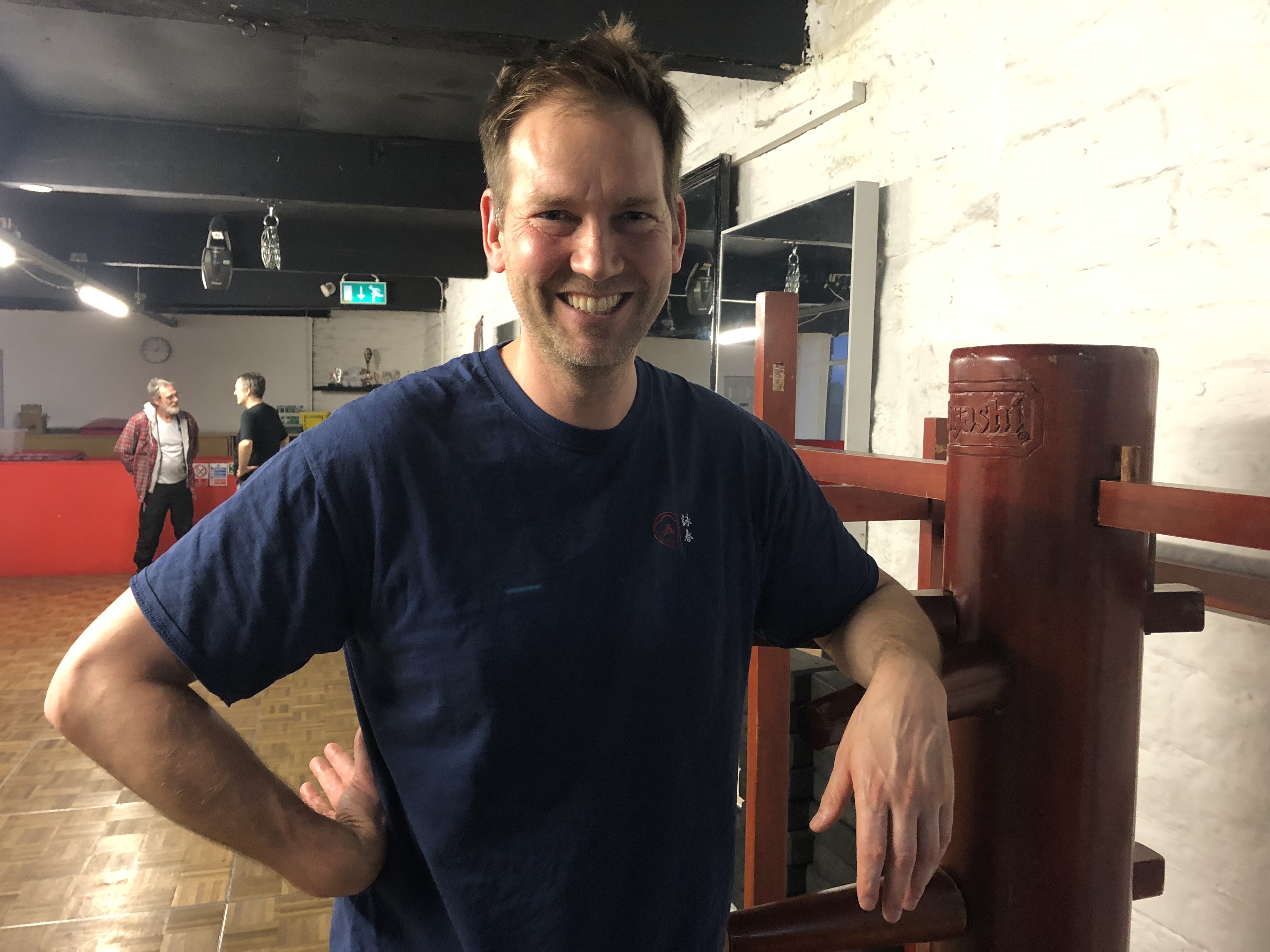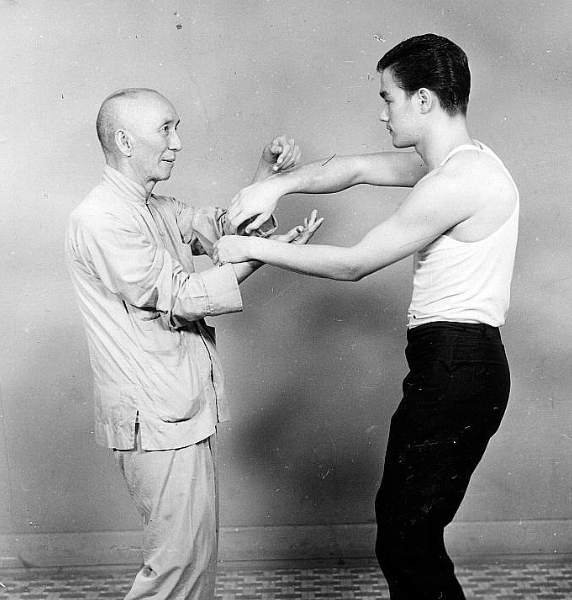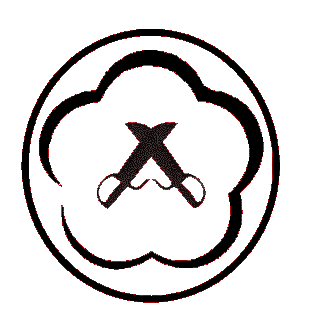
Looking for a Wing Chun personal trainer? Tim Halloran offers personal Wing Chun tuition on a 1 to 1 basis in Leeds, West Yorkshire. Visit the contact page to get in touch. Tim has over 30 years experience of Wing Chun having studied two different lineages. Initially he studied for over 20 years through Sifu Colin Ward (Ip Chun lineage) and more recently has been learning from the Shu Shong Tin lineage with Sifu Daniel Parr.
Wing Chun Personal Trainer – What You’ll Learn
Depending on your previous experience of Wing Chun we can create a training program to suit. Typically you will start with the stance and build from there, learning basic standing posture and then adding positions while testing structure. Once you have understood the basic standing position and connection we will start putting the positions together and learning chi sau.

Chi sau is “sticky hands” and is the “heart” of the Wing Chun system. You’ll learn basic positions for chi sau and then some basic drills such as Dan Chi sau, Lap Sau and Pak sau exercises and Poon sau (rolling arms).
Siu Lim Tao is the first hand pattern of Wing Chun and so you will be taught that form first.
Siu Lim Tao
Siu Lim Tao also known as Siu Nim Tao is the first training hand pattern of Wing Chun. It teaches the fundamental positions and some principles. As you stand in the stance, initially your legs will feel the strain and tremble. Over time, you’ll build up some muscle strength in your legs. As you practice regularly you will be able to stand for longer and longer periods without much difficulty.
As you do so, you will naturally want to relax more and more. Holding tension in your muscles while standing means extra strain. As you release tension in your body practicing Siu Lim Tao, you will align your body so as to hold the position with the least possible effort.
The positions and movements in Siu Lim Tao encompass the entire Wing Chun system in theory. You will see punches and the limits of the basic positions relating to the body position. In Siu Lim Tao there is no movement of the feet and it is a static stance. In the second hand pattern (form) you will see turns and stepping.
